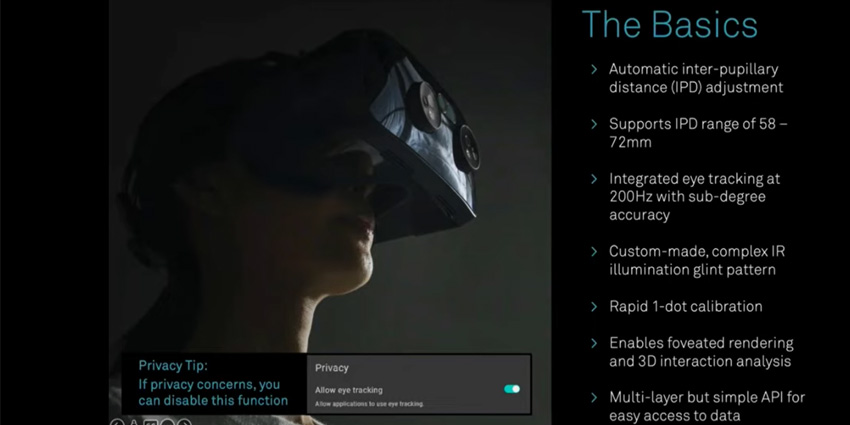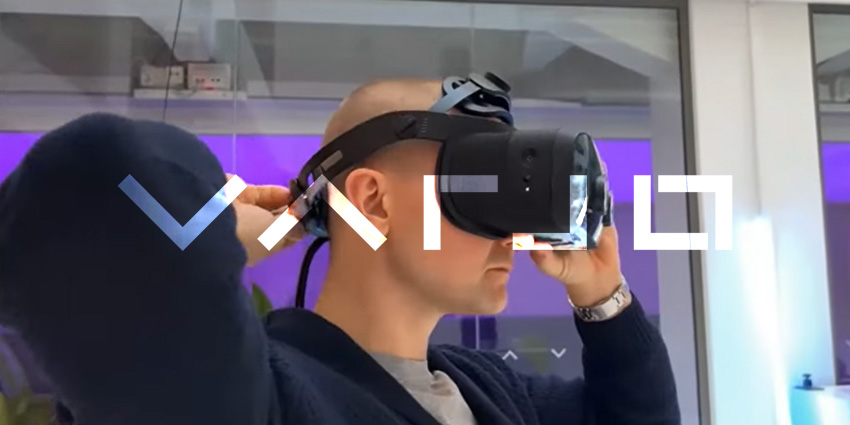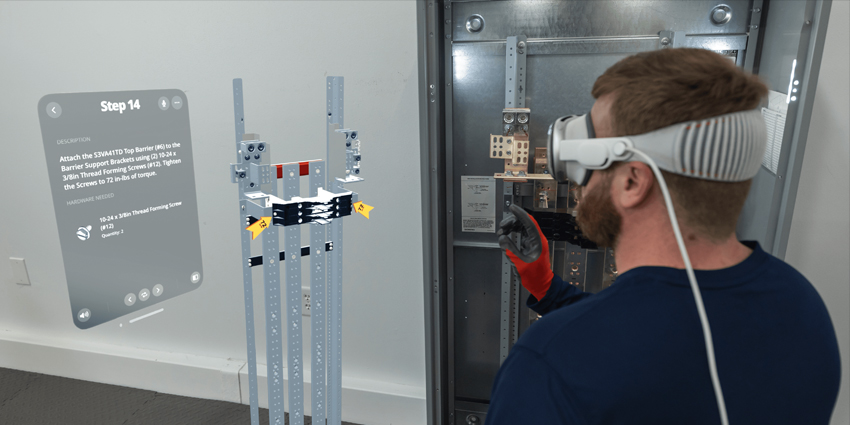Varjo Technologies continues to innovate the virtual and mixed reality (VR/MR) markets with new product updates aimed at accommodating users with experimental and essential features.
Varjo’s Lasse Tuominen, Account Executive for EMEA and APAC, hosted a webinar on Tuesday with the company’s Ferhat Sen, Software Solution Architect and Oleksii Shtankevych, Senior Computer Vision Developer to discuss its latest integrated eye-tracking solutions.
Varjo released the tools under its Varjo Base v3.5 application programme interface (API), which offers:
- a new experimental distortion correction model
- New calibration options for foveated rendering
- Experimental API measurements in millimetres (mm) for pupil and iris diameter eye-tracking
- Global API chroma key toggling for Varjo MR technologies
Speaking on the technology, Sen stated eye-tracking depended heavily on automatic interpupillary distance (IDP) adjustment, or adjusting headset lenses to fit the distance between eye pupils on a user.
He said,
“Equally, IPD does matter quite naturally because whenever you wear a VR headset, you want to have the displays inside [it] to align with the user’s eye. The device sees everybody has a different IPD measurement, and then you need to set it up for your departmental personnel”
Most current headsets in the market adjusted IPD manually, but Varjo headsets automatically measured pupillary distance to reduce setup error and detect where eyes would experience the best visuals, he said.
Sen added the technology also saved time in scenarios when switching between multiple users in testing scenarios or at demos, dramatically reducing simulation sickness and eye discomfort.
According to figures presented at the webinar, Varjo’s auto-IPD feature supports ranges of 58 to 72 millimetres and provides 200Hz integrated eye-tracking with sub-degree accuracy, rapid 1-dot calibration, foveated rendering and 3D interaction analysis in virtual experiences, and a simple application programme interface (API), among other features.

Low-latency connections were crucial to achieving such eye-tracking benchmarks as most headsets had a 50-millisecond threshold for proper automatic rendering. The process depends on foveated rendering by reducing image quality in a user’s peripheral vision to minimise rendering times.
Many proprietary IT technologies had 35ms end-to-end latency quick enough for foveated rendering, Sen explained, adding it also reduced computational load for graphics processing units (GPUs) and central processing units (CPUs).
Explaining further, Sen discussed Varjo’s eye-tracking features, adding its headset’s API allowed users and developers to switch off data monitoring when needed to eliminate apps from unauthorised access to eye-tracking information.
Using the ‘Force’
The Varjo team segued to air traffic control tower and Jedi Force demos, which revealed the headset’s eye-tracking ‘powers’ that allowed eye gaze to control activities in virtual experiences.
Explaining his experience with the demo, Tuominen said,
“I’m a 37-year-old Star Wars fan, so when we did this video, it was kind of impossible for me not to do movements with my hand and play around with the Force”
When asked by XR Today whether future advanced eye-tracking systems could eventually eliminate the need for physical controllers, both Sen and Shtankevych stated it was a possibility. Sen cited the two demos and added the design team could answer the question in further detail for an additional blog post.
He continued, stating,
“You can use the eye, or eye-tracking data, as an input modality for creating interactions, but again and again, it’s more of a research area. Coming up with gesture-based interactions, specifically eye gesture-based interactions, is a dedicated topic that researchers are working on”
The news comes months after Varjo debuted its impressive Reality Cloud solution, which facilitates collaboration for multiple remote workers on real-time 3D (RT3D) projects at the same time with the firm’s world-first cloud computing solution.
The platform also runs on the company’s XR-3 and VR-3 head-mounted displays, as well as its recently-released Aero VR headset, and has launched an Early Access programme for enterprises.
Varjo Reality Cloud also incorporates the enterprise’s Teleport platform, allowing users to record full real-world environments using its product lineup of headsets to create immersive replica worlds capable of hosting users from around the world, regardless of location.
Varjo’s leading human eye resolutions, high-definition (HD) passthrough technologies, and world-class integral eye-tracking solutions have allowed the Helsinki, Finland-based firm to become the world’s premier brand for enterprise-grade mixed reality (MR) devices and software.







